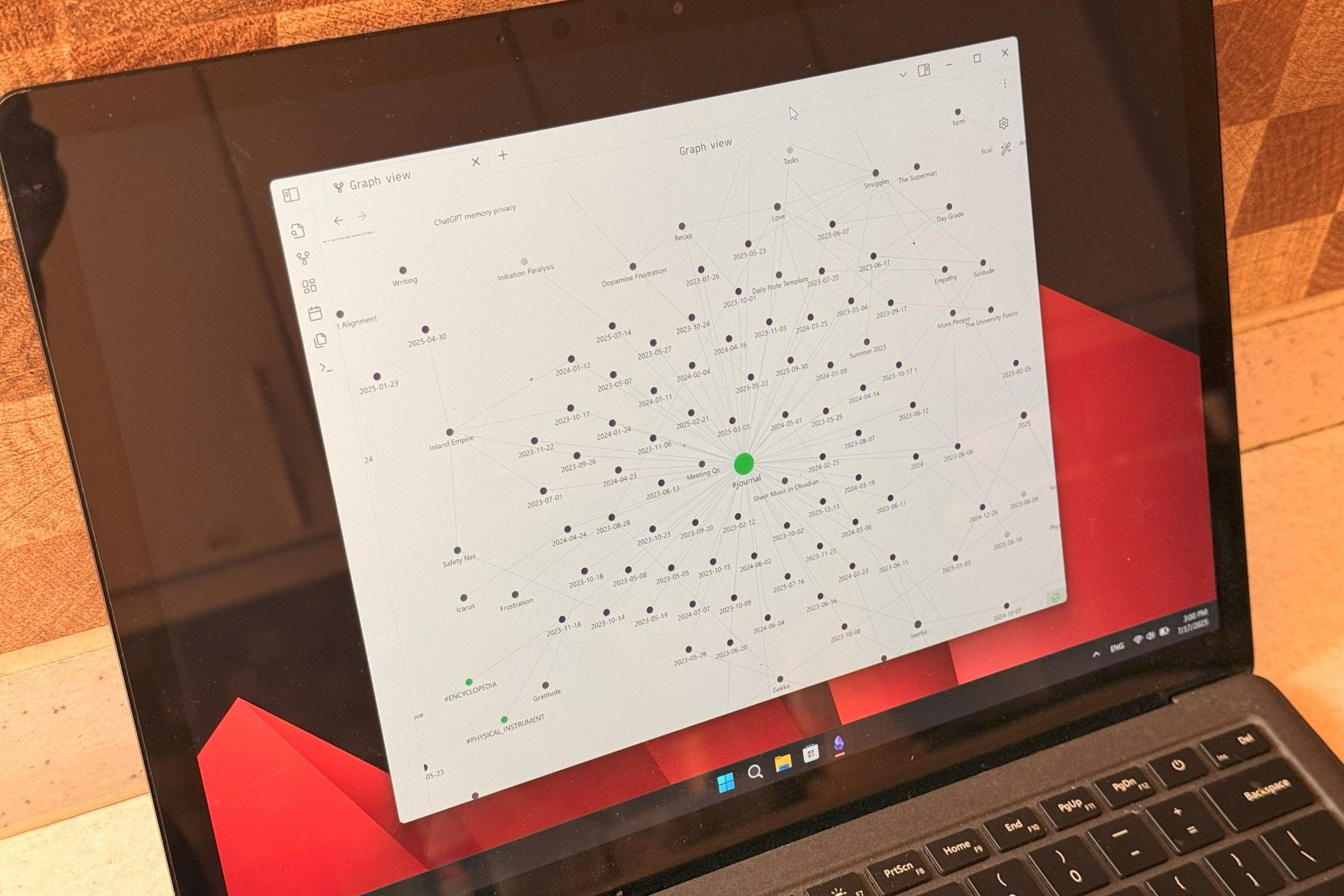The worst states in the US for online safety of children
The internet can be a valuable tool for the education and entertainment of children, but safety measures are essential due to cyber bullying and online predators.
Unborde – Lifestyle
Monitoring software used to follow the online activity of students is spread in rural schools, also in Arizona.
The software scans students published devices at school. Privacy and technology experts say it’s looking for keywords. It also blocks access to certain websites, such as those with obscene material, and uses artificial intelligence to assess the risk. It activates warnings to school managers in possible cases of self -damage or damage to others.
School officials say they use AI supervision to improve safety, prevent tragedy and meet federal laws that require protection for children against lust or harmful internet content. However, privacy and technology experts say that the programs can penetrate the privacy of students, harm trust and disrupt education. All this time there are little or no independent data to support the effectiveness of the programs, experts say.
The software criticized Arizona after a high school student in Marana was suspended for typing what his parents claimed was a “joke” about school violence on his Chromebook at home. The student has deleted the words and never sent the message. The parents sued the district for violating the freedom of expression of their son in the first amendment. The case is underway.
This is what about the software and how this can affect you or your child.
Does my school district use AI surveillance?
Acording to GOV Spend, an agency that follows government spending, 52 school agencies in Arizona paid for software that students can follow between 2020 and 2025. Most agencies are school districts, but some charter schools are included. Not every school in a district necessarily uses the software. Contact your specific school for more information.
Here is the list of school agencies of Govspend:
- Academy of Mathematics and Science
- Agua Fria Union High School District
- Alhambra Elementary School District
- Amphitheater Public Schools
- Balsz School District #31
- Buckeye Elementary School District #33
- Buckeye Union High School District
- Bullhead City Elementary School District #15
- Casa Grande Elementary School District
- Clarkdale-Jerome School District
- Coolidge Unified School District #21
- Cottonwood-Oak Creek School District No. 6
- Desert Ridge Junior High School
- Desert View Academy
- Douglas Unified School District #27
- Florence Unified School District No. 1
- Fort Huachuca Accommodation Schools
- Fountain Hills Unified School District #98
- Fowler Elementary School District No. 45
- Gilbert Classical Academy
- Gilbert High School
- Gilbert Public Schools
- Greenfield Elementary School
- Greenfield Junior High School
- Highland JR High School
- Higley Unified School District
- Higley Virtual Academy
- Kingman Unified School District 20
- Marana Unified School District
- Maricopa Unified School District #20
- Marion Donaldson Elementary School
- Mesquite Junior High School
- Mohave Valley Elementary School District 16
- Bewrale Unified School District #1
- Northland Preparatory Academy
- Page Unified School District #8
- Paradise Education Center
- Paradise Valley Unified School District
- Parker Unified School District
- PADED COMMUNITY SCHOOL
- Pima Unified School District 6
- Pine Forest Charter School
- Sanders Unified School District
- Santa Fe Elementary School
- Scottsdale Unified School District
- Sedona-Oak Creek Unified School District #9
- Sunnyside Unified School District #12
- Towne Meadows Elementary School
- Tucson Unified School District
- Washington Elementary School District
- Window Rock Unified School District No. 8
- Yuma Union High School District #70
How many do schools spend on monitoring software?
The answer varies. Some school districts have paid tens of thousands, while others have paid hundreds of thousands. Gilbert Public Schools were at the top of the GOV -Spend list and have paid more than $ 400,000 over the past five years. Some districts have indicated that they pay $ 5 per student, others closer to $ 9.
If you are interested in how much a certain district issues, you can submit a public archives application to your school for any contracts with the software monitoring companies.
Which monitoring technology do Arizona schools use?
The more usual programs purchased by school districts in Arizona were Goguardian, Gaggle, Securly, Navigate360 and Lightspeed.
Do students monitor students?
Schools can check social media through programs such as Navigate360, for which a number of school districts in Arizona have paid over the past five years, according to Govspend. However, not all software monitors social media.
Navigate360 rejects the problem as “monitoring” or “surveillance” of students. The company says that monitoring means looking at what is being said, while “scanning” includes an analysis designed to detect threats.
The company says that the “language analysis technology” uses to first determine whether something is said about a school district and then to determine whether the mail contains threats. The technology is supposed to take into account the sentence structure, present or past tense, and tone or sentiment.
Navigate360 says that it only scans public messages on social media: “Authors must post publicly and must identify themselves in a way that connects them with the school community, such as someone who states the name of the school in their social media profile or their official social media account.”
But institutions such as the Brennan Center for Justice have warned that there is little evidence that such technologies actually make children safer.
Are students disciplined for what they say online?
Students can and have confronted with discipline for online activities in Arizona. But the extent to which schools can regulate the activity of students changes whether they are on campus versus.
A federal case submitted to the Arizona court is to provide clarity on this subject.
Lawyers in the first amendment clinic of Arizona State University in that Sandra Day O’Connor College of Law currently represent a Marana High School -Student who was suspended for typing the types: “Gang Gang Gimme is a better figure or I will get up da skool homie.” The boy’s parents claimed it was a joke.
The lawyers say that the protected speech is and claim that the freedom of expression of students is greater outside the campus than further. They point to a three -part test used by federal courts to determine the legality of school regulations with regard to speech outside the campus. That test includes considering:
- The degree and probability of damage to the school caused or connected by the speech.
- Whether it was reasonably foreseeable that the speech would reach the school and influenced it.
- The relationship between the content and context of the speech and the school.
Can schools see what students do at home on the internet?
If you use a laptop with monitoring software issued at school, companies can collect data about what you do on that computer, regardless of what time it is or where you are. There are also software programs that monitor the Google accounts of students. This means that schools that use specific technology can follow the activity of students on a personal device if that student uses their Google account. For example, sending an e -mail to a school account from a personal mobile phone can be checked.
Individuals must ask their school districts what policy and agreements they have with the monitoring companies with which they contract. Different schools and programs will have different policy measures and possibilities.
What parents need to know about online monitoring software
Surveys of the Center for Democracy and Technology show that parents have complicated feelings about investigating students who are being taken over. They do not want it to prevent educational experience or lead to more discipline, but they have also told surveyors that the benefits generally outweigh the risks.
Privacy and technology experts say that parents must demand transparency of their schools and get as much information as possible about what is collected and how it can be used.
Elizabeth Laird is the director of equity in civil technology at the Center for Democracy and Technology. Jennifer Jones is a staff lawyer of the First Amendment Institute at Columbia University. Here are some questions that she recommends that parents ask:
- What are the specific risks that the district is worried about and how does this software go? What data makes a back -up of those claims?
- Is this software always in use, or is it limited to school hours?
- Which websites are blocked and which keywords are screened for potential red flags?
- Who gets access to this data and how long?
- How do you deal with different types of warnings and will I be informed?
- Under what circumstances has it been informed of law enforcement and will they keep this information forever?
Taylor Seely is a first amendment that Fellow reports on the Republic of Arizona / Azcentral.com. Do you have a story about the government that infringes your first change rights? Reach her with [email protected] Or by telephone on 480-476-6116.
The role of SELY is financed by a collaboration between the Freedom Forum and Journalism Funding Partners. Funders do not offer editorial input.









